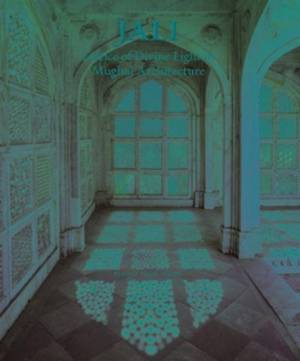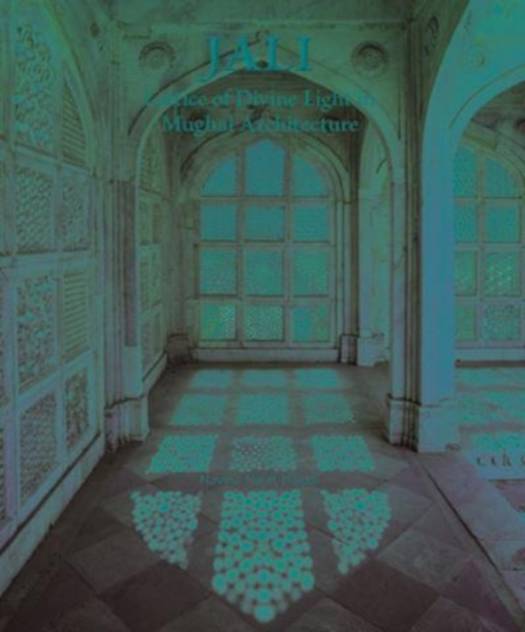
Bedankt voor het vertrouwen het afgelopen jaar! Om jou te bedanken bieden we GRATIS verzending (in België) aan op alles gedurende de hele maand januari.
- Afhalen na 1 uur in een winkel met voorraad
- In januari gratis thuislevering in België
- Ruim aanbod met 7 miljoen producten
Bedankt voor het vertrouwen het afgelopen jaar! Om jou te bedanken bieden we GRATIS verzending (in België) aan op alles gedurende de hele maand januari.
- Afhalen na 1 uur in een winkel met voorraad
- In januari gratis thuislevering in België
- Ruim aanbod met 7 miljoen producten
Zoeken
€ 72,95
+ 145 punten
Omschrijving
A jali is a perforated or latticed stone screen, with ornamental patterns that draw on the compositional rhythms of geometry and calligraphy. In the parts of India, western Asia and the Mediterranean where solar rays are strongest and brightest, ustads (or master artisans) were able to evolve an aesthetic language of light, giving it form and shape through lattices of stone and other materials. Jalis share a common aim of bringing filtered light into enclosed spaces, while providing protection and privacy.
The expansive volume covers more than two hundred jalis across India, from the temple-inspired designs of the Gujarat Sultanate to imperial symbolism and Sufi allusions in Mughal jalis, the innovations and adaptations of jalis across Rajasthan and central India and, further south, calligraphy in pierced stone in the Deccan. With contributions by Mitchell Abdul Karim Crites, George Michell, and Ebba Koch, this lavishly illustrated publication reveals the poetry etched in these stone screens.
The expansive volume covers more than two hundred jalis across India, from the temple-inspired designs of the Gujarat Sultanate to imperial symbolism and Sufi allusions in Mughal jalis, the innovations and adaptations of jalis across Rajasthan and central India and, further south, calligraphy in pierced stone in the Deccan. With contributions by Mitchell Abdul Karim Crites, George Michell, and Ebba Koch, this lavishly illustrated publication reveals the poetry etched in these stone screens.
Specificaties
Betrokkenen
- Auteur(s):
- Uitgeverij:
Inhoud
- Aantal bladzijden:
- 268
- Taal:
- Engels
Eigenschappen
- Productcode (EAN):
- 9789385360749
- Verschijningsdatum:
- 9/11/2023
- Uitvoering:
- Hardcover
- Formaat:
- Genaaid
- Afmetingen:
- 262 mm x 297 mm
- Gewicht:
- 1859 g

Alleen bij Standaard Boekhandel
+ 145 punten op je klantenkaart van Standaard Boekhandel
Beoordelingen
We publiceren alleen reviews die voldoen aan de voorwaarden voor reviews. Bekijk onze voorwaarden voor reviews.









